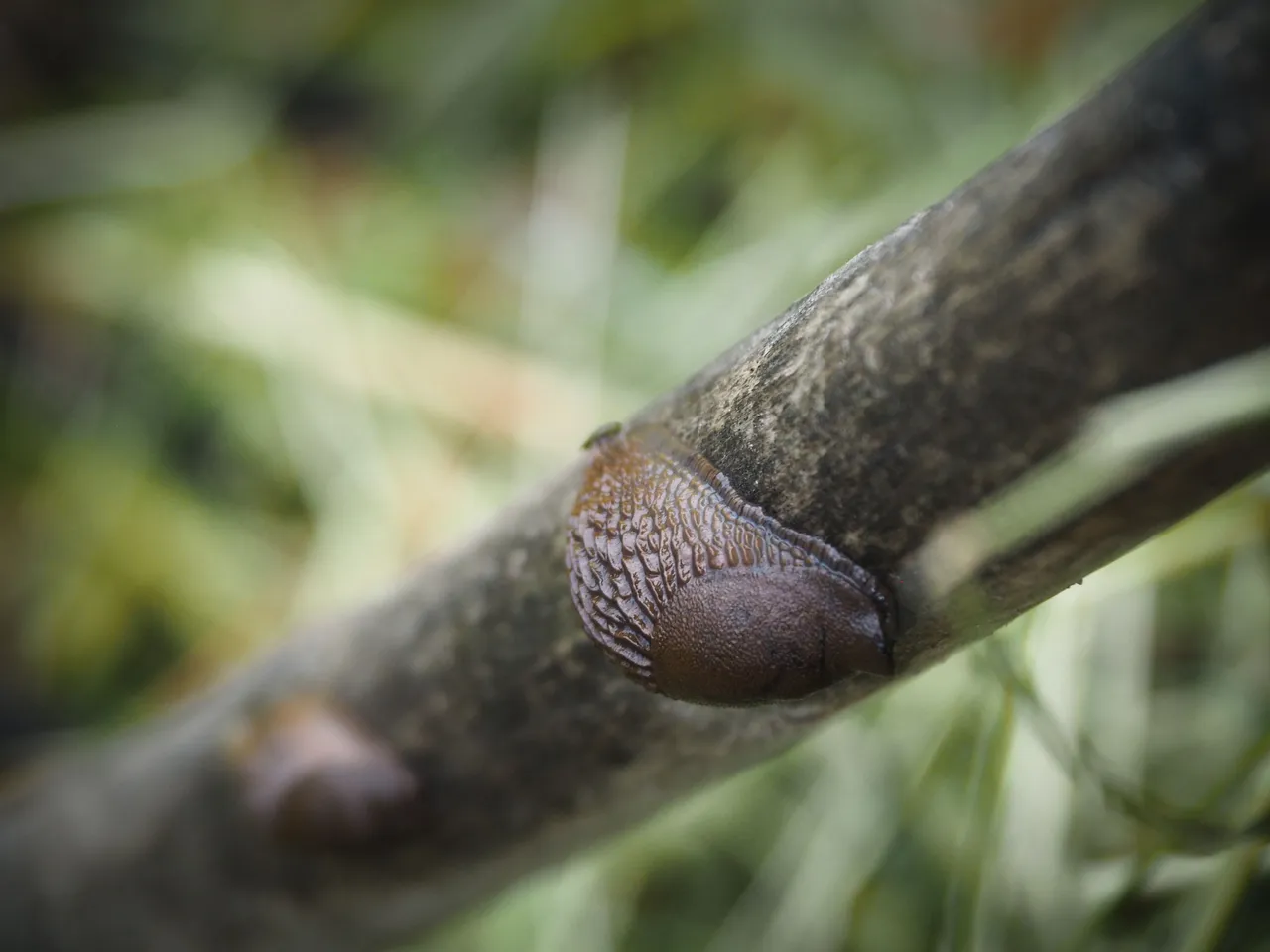
| En | Ua |
|---|---|
| As a child, I saw slugs only when I went down to the cellar (not the basement of the house, but a specially made semi-underground structure where we stored vegetables and canned food). It was cool and humid there, so ordinary black slugs crawled there to escape the summer heat. They were not extremely common, so no one was bothered. However, a few years ago everything changed - we had a real invasion of red Spanish slugs, which turned out to be a real problem, because they destroyed a good part of the vegetable crop, as well as flowers in flower beds! Why is it called Spanish? Because, according to Wikipedia, one of the probable places where this invasive species (Arion lusitanicus or Arion vulgaris) spread is the north of Spain (alternatives - the north of Portugal or France). | В дитинстві я бачив слимаків лише тоді, коли я спускався в льох (не підвал в будинку, а спеціально зроблену напівпідземну споруду, де ми зберігали овочі та консервації). Там було прохолодно та вогко, тому звичайні чорні слимаки заповзали туди, щоб врятуватися від літньої спеки. Вони не були надзвичайно поширеними, тому нікого не турбували. Проте декілька років тому все змінилося - в нас відбулося справжнє вторгнення рудих іспанських слимаків, які виявилися справжньою проблемою, бо знищували добрячу частину урожаю овочів, а також квіти на клумбах! Чому його називають іспанським? Тому що, за даними Вікіпедії, одним із ймовірних місць, звідки поширився цей інвазивний вид (Arion lusitanicus або Arion vulgaris), є північ Іспанії (альтернативні варіанти - північ Португалії або Франція). |
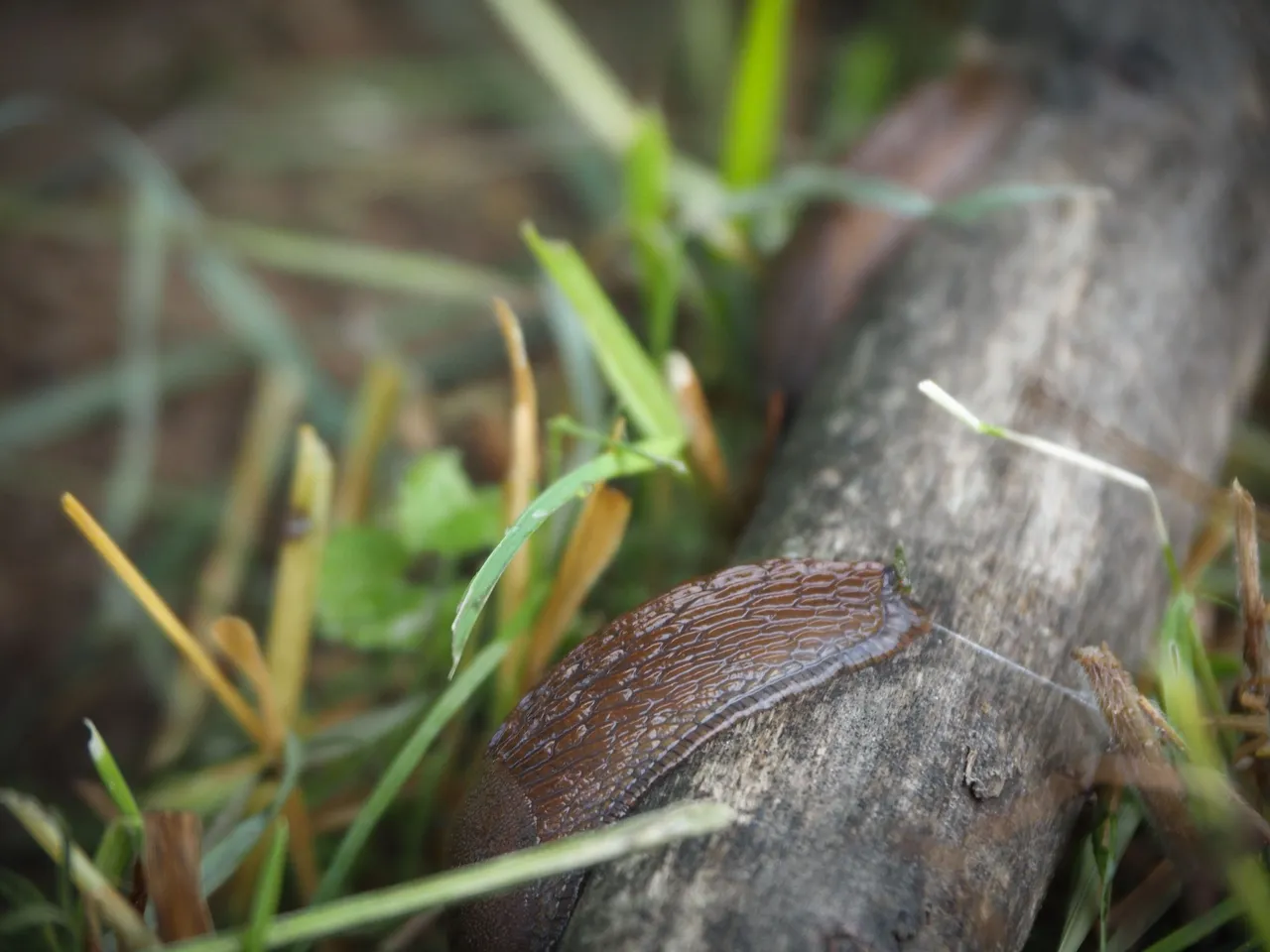
| En | Ua |
|---|---|
| Spanish slugs, like all others, hide in the heat under objects lying on the ground, where there is more moisture and protection from the sun. However, at night or in cloudy weather, they crawl out of their hiding places and go to the beds to eat our vegetables! I took these photos after a summer storm. Several slugs crawled onto the handle of a rake that someone had just left on the ground. | Іспанські слимаки, як і усі інші, у спеку ховаються під предметами, що лежать на землі, де є більше вологи та захист від сонця. Проте вночі чи у похмуру погоду вони виповзають зі своїх схованок та вирушають на грядки, щоб поласувати нашими овочами! Я зробив ці фото після літньої грози. Декілька слимаків виповзли на ручку граблів, які хтось залишив просто на землі. |

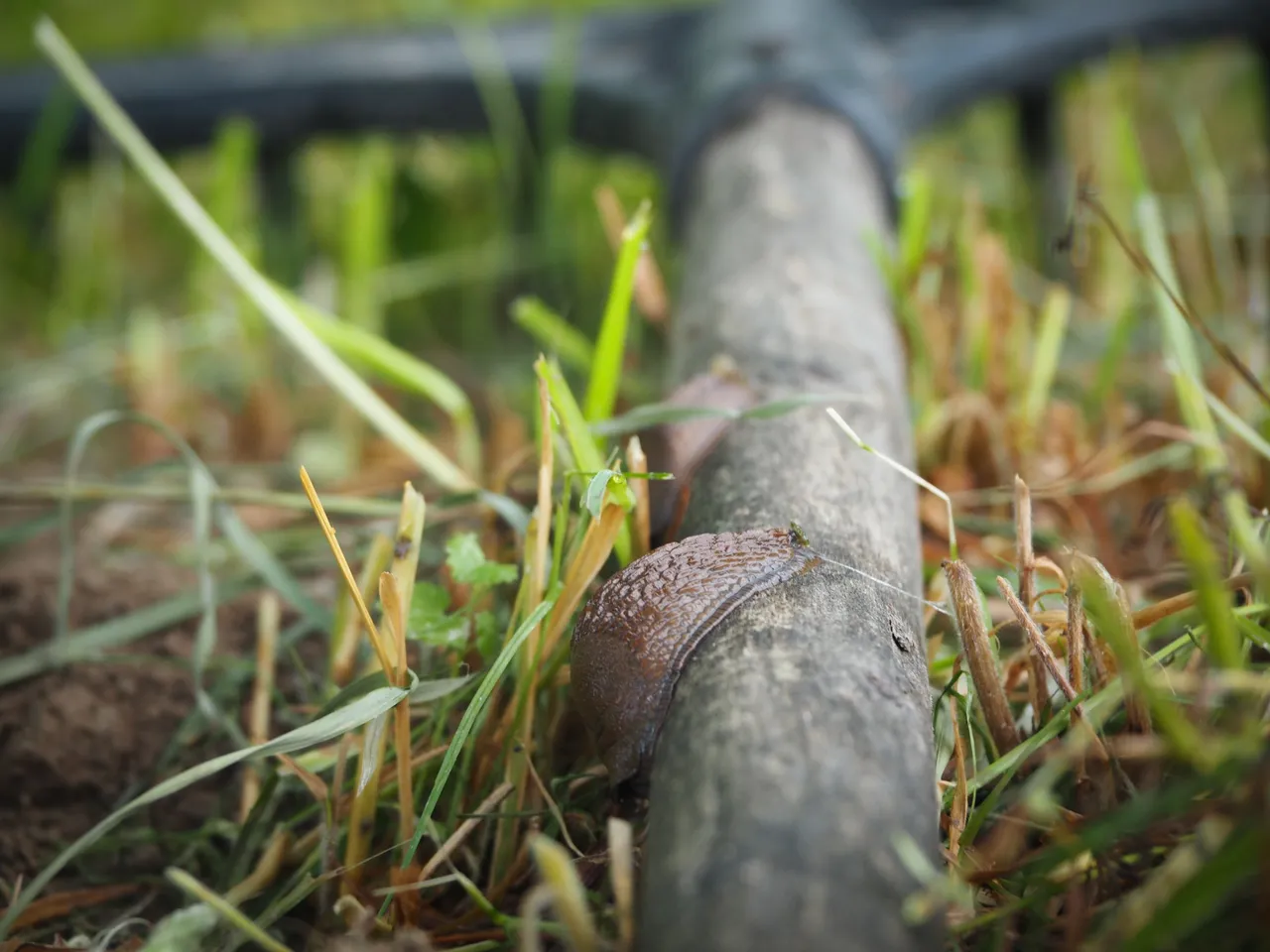
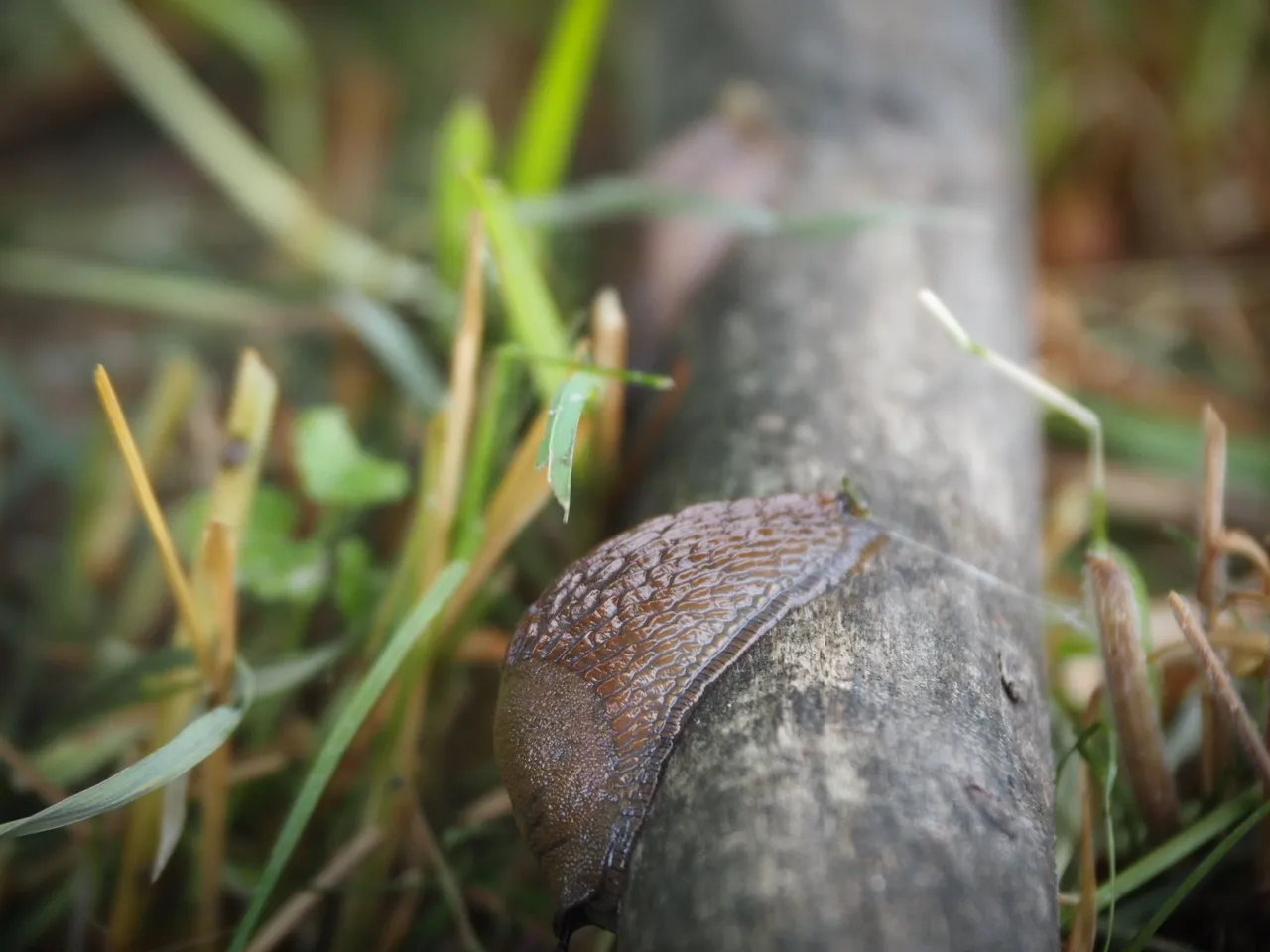
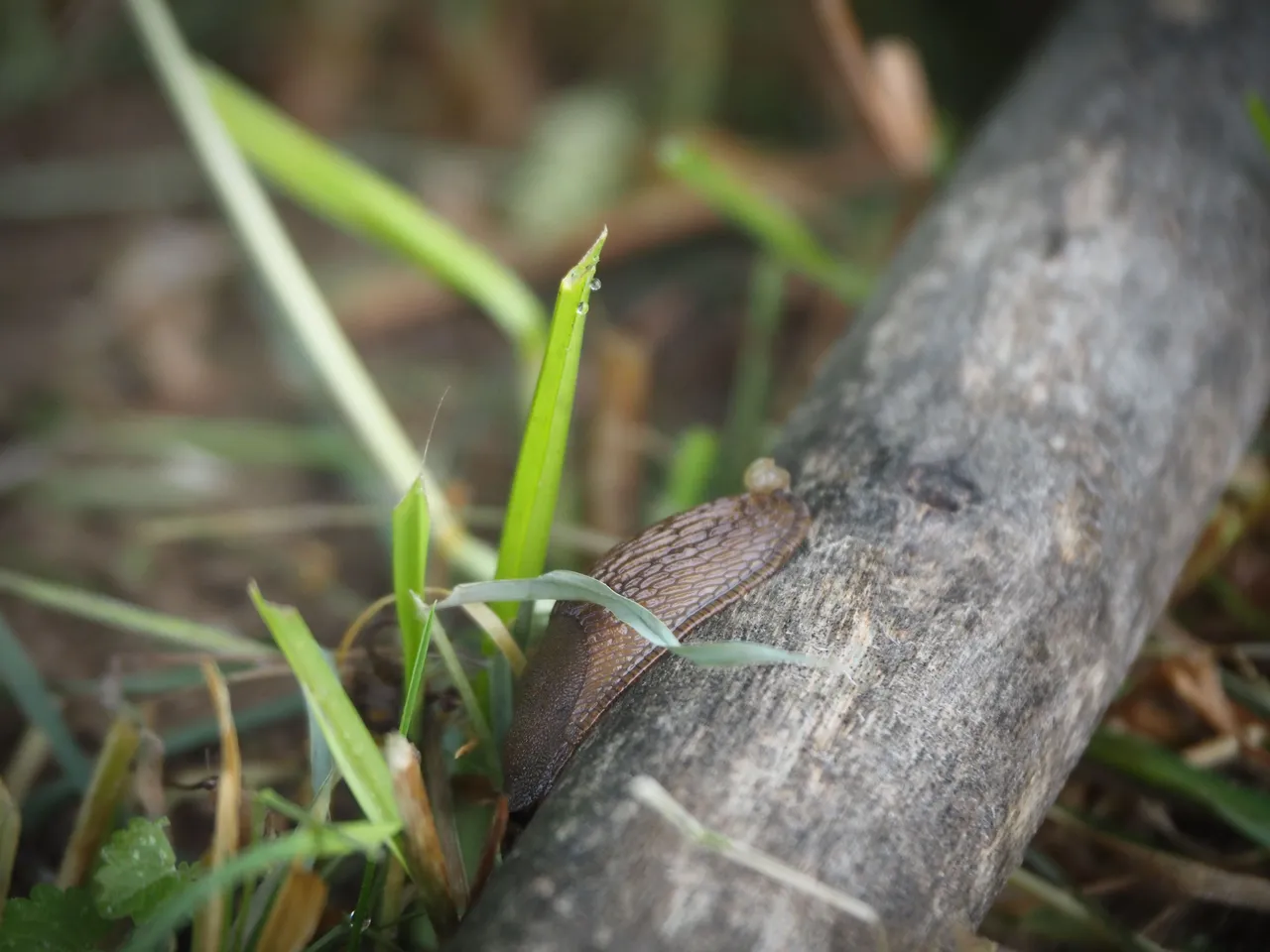
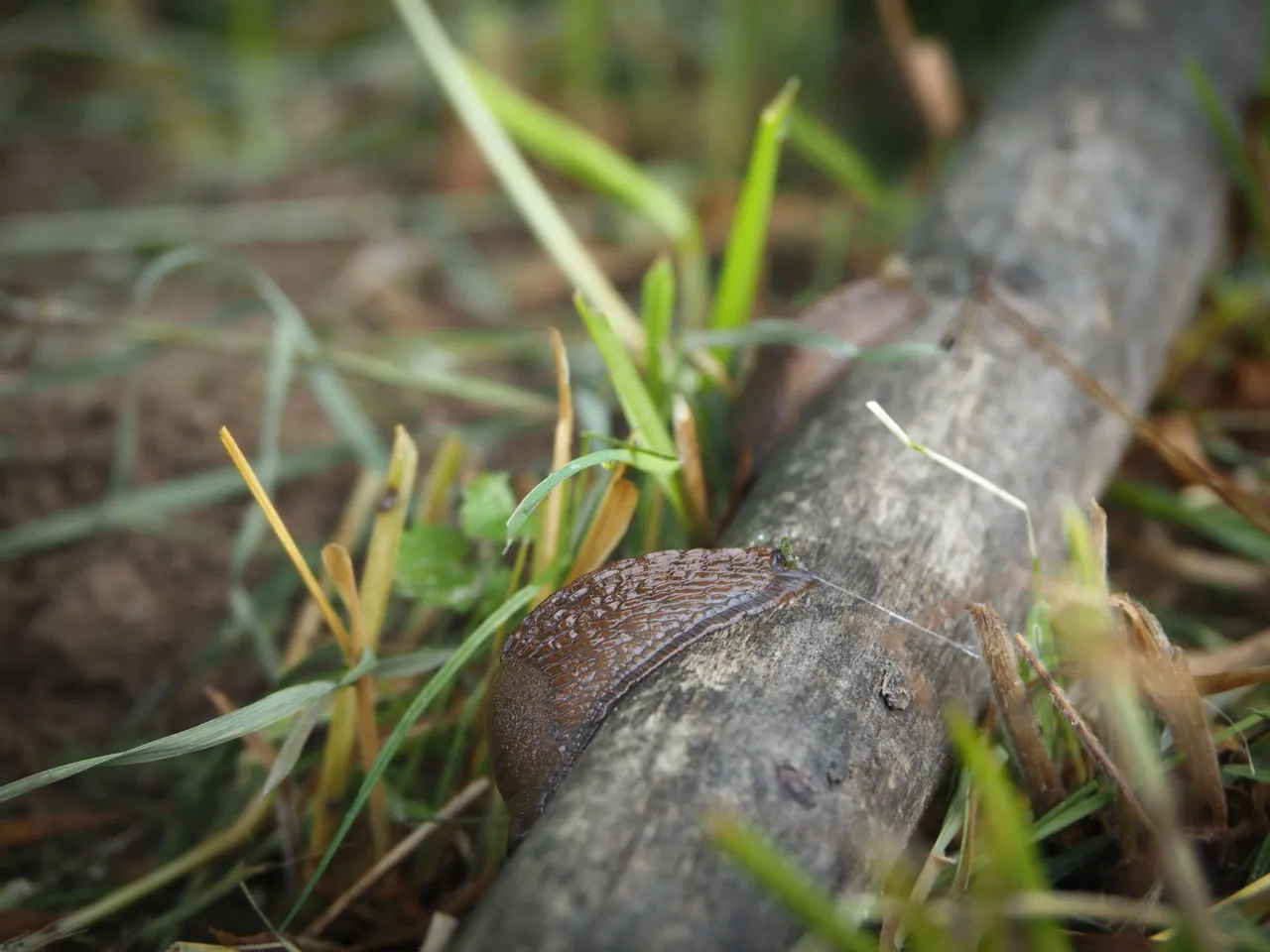
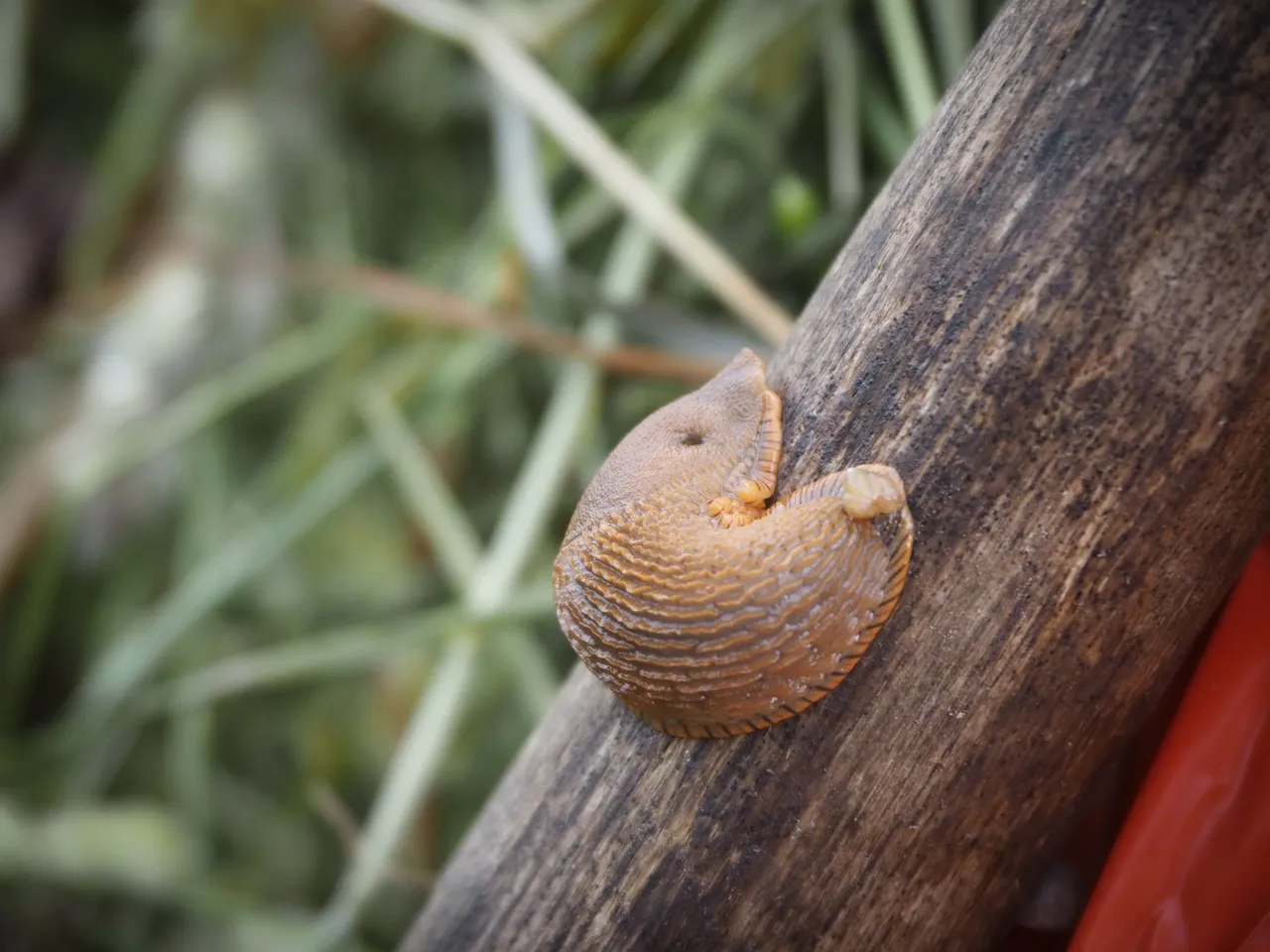
| En | Ua |
|---|---|
| These pests are very difficult to fight because they multiply at an incredible rate. I know that an effective drug against red slugs on the Ukrainian market is "Slimax", the cost of which varies from manufacturer to manufacturer and averages 150-300 UAH/kg ($5 - $10 per kg). For large areas it is quite expensive. However, there is a more environmentally friendly and cheaper way if you breed ducks. Ordinary domestic ducks will cope well with these slugs, just eating them 😊. | З цими шкідниками дуже важко боротися, тому що вони розмножуються з просто неймовірною швидкістю. Я знаю, що ефективним препаратом проти рудих слизняків на українському ринку є "Слімакс", вартість якого різниться у різних виробників і становить в середньому 150-300 грн/кг ($5-$10 per kg). Для великих площ це достатньо дорого. Проте є більш екологічний та дешевший спосіб, якщо ви розводите качок. Звичайні домашні качки чудово впораються із цими слизняками, просто їх поїдаючи 😊. |
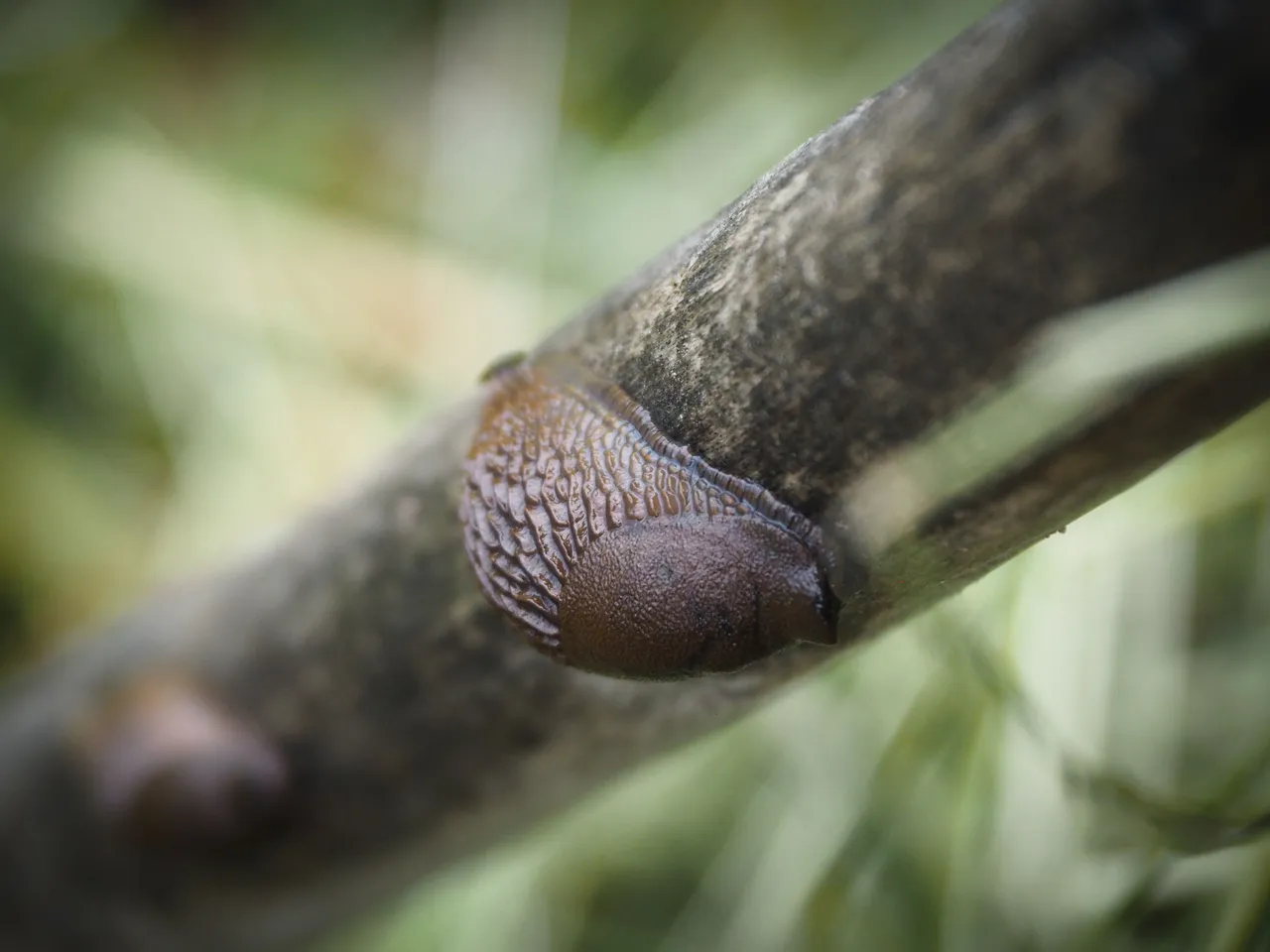
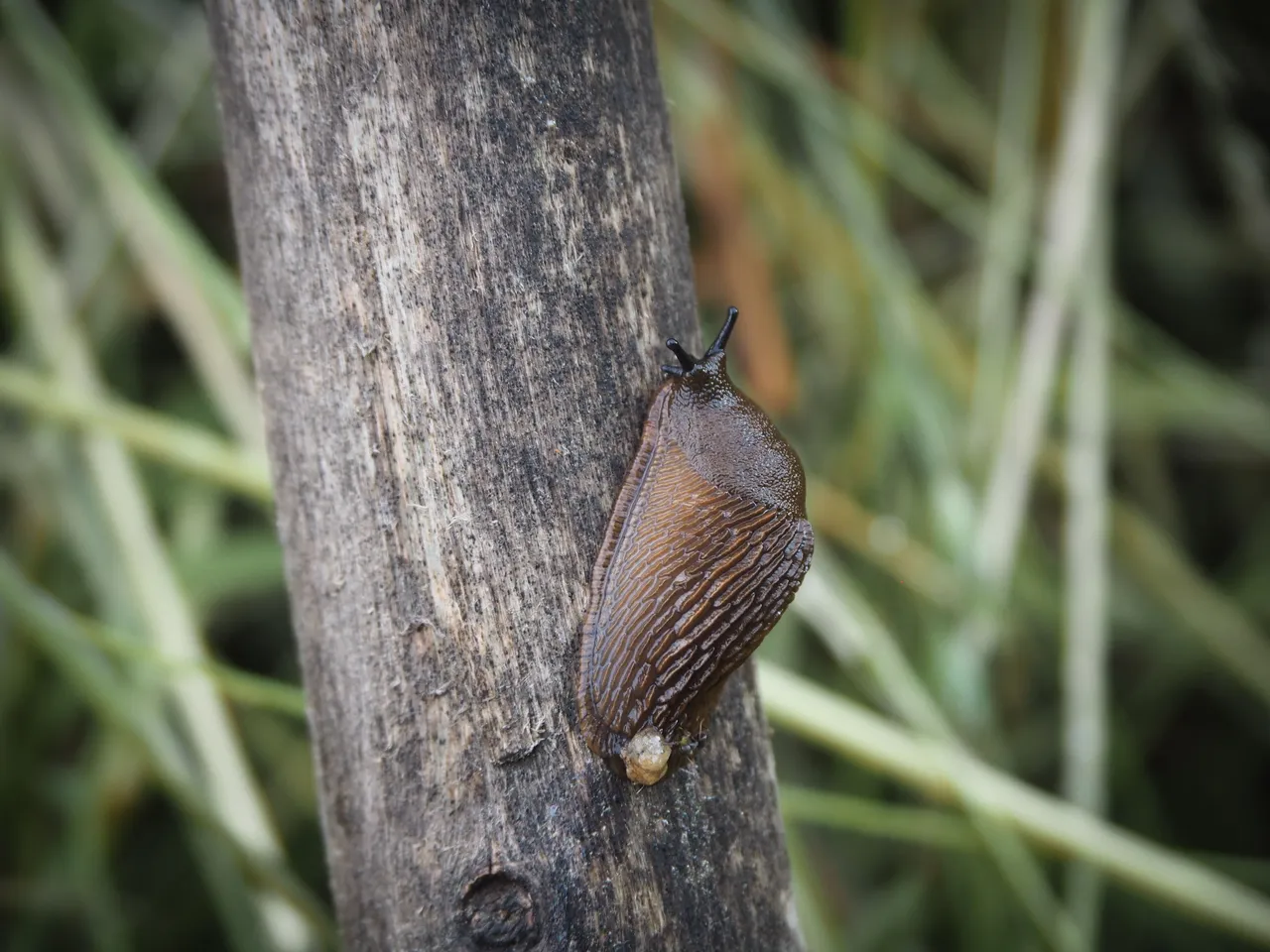
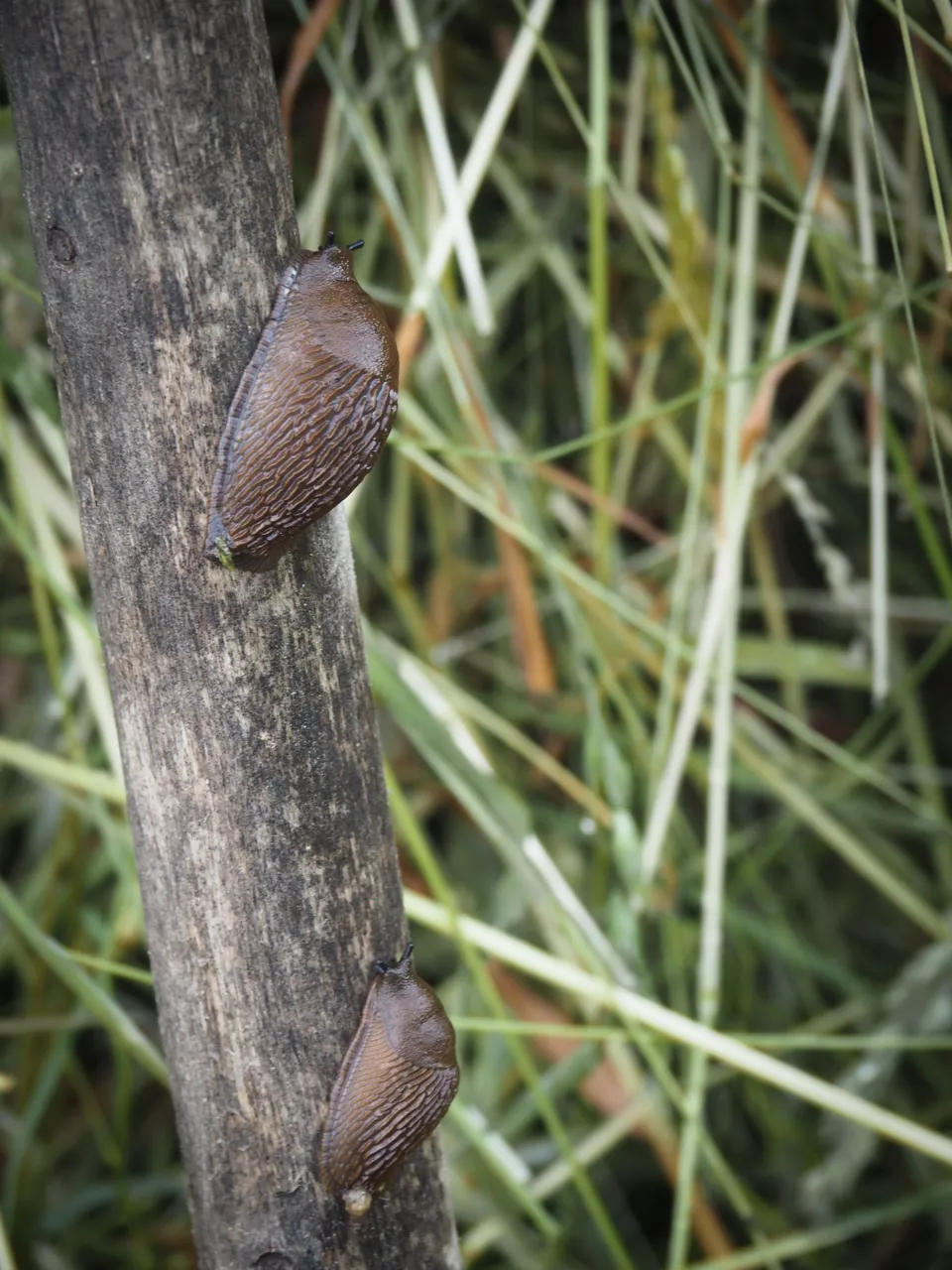
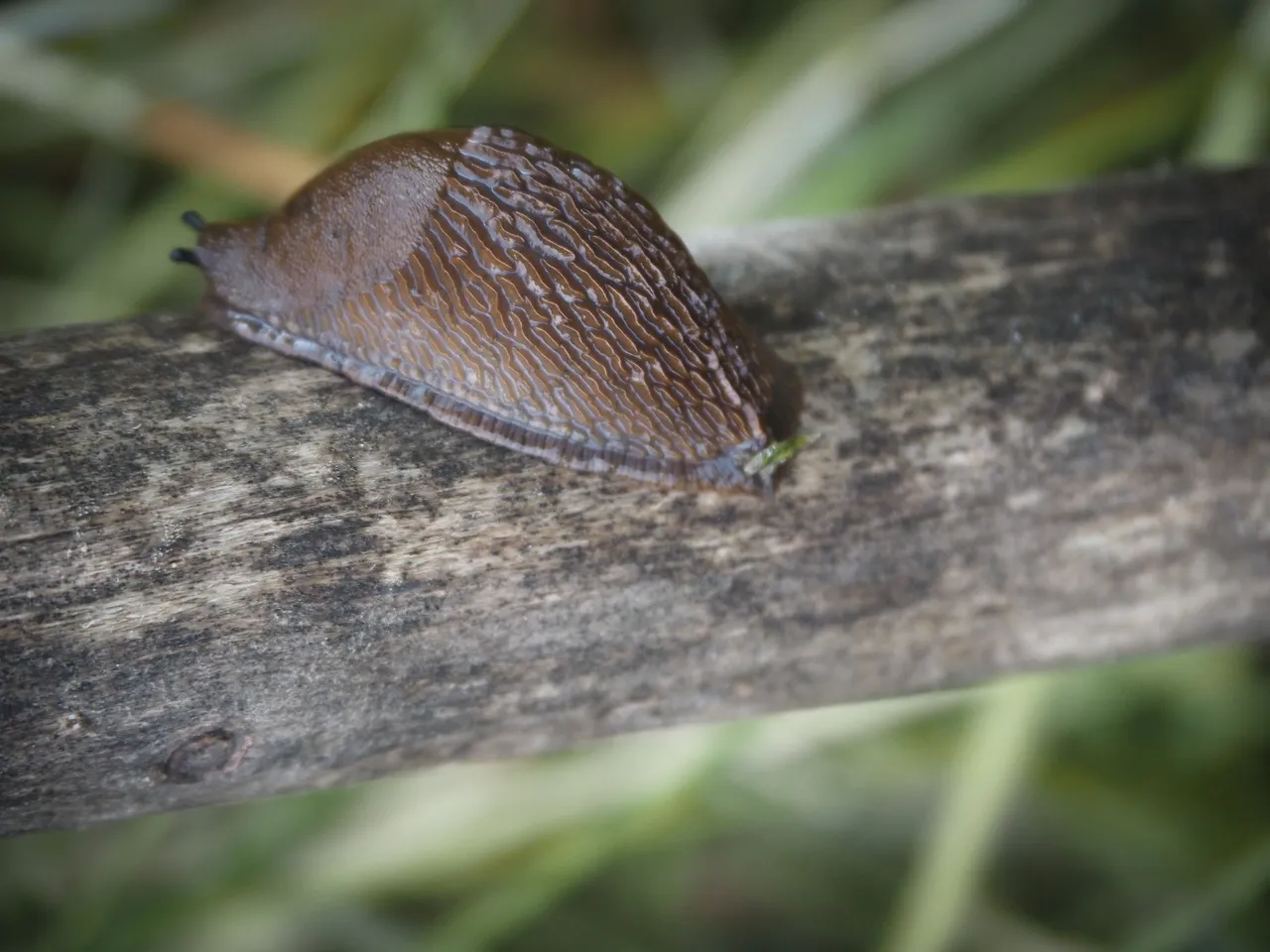
| En | Ua |
|---|---|
| Currently, the Spanish slug is distributed in the UK, Austria, Sweden, Norway, Denmark, Switzerland, France, Germany, Bulgaria, Poland, Finland, Czech Republic, Belgium, Croatia, Ireland, Iceland, Serbia, Slovakia, Estonia, Lithuania, Latvia , Hungary, Romania and Ukraine. In addition, Arion lusitanicus was detected in the United States in 1998 [source]. | На даний момент іспанський слизняк поширений на території Великої Британії, Австрії, Швеції, Норвегії, Данії, Швейцарії, Франції, Німеччини, Болгарії, Польщі, Фінляндії, Чехії, Бельгії, Хорватії, Ірландії, Ісландії, Сербії, Словаччини, Естонії, Литви, Латвії, Угорщини, Румунії та України. Окрім цього Arion lusitanicus у 1998 році були виявлені на території США. |
